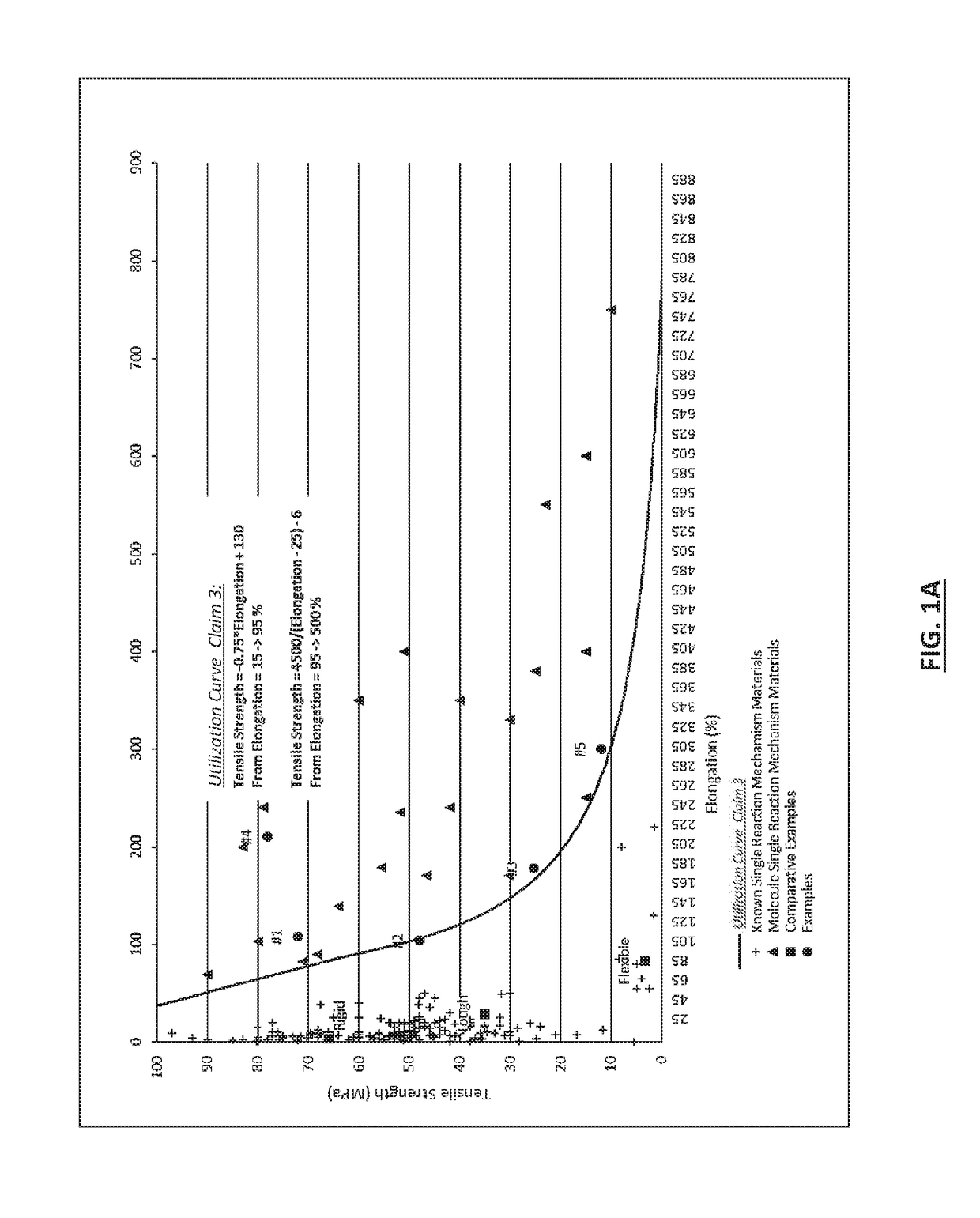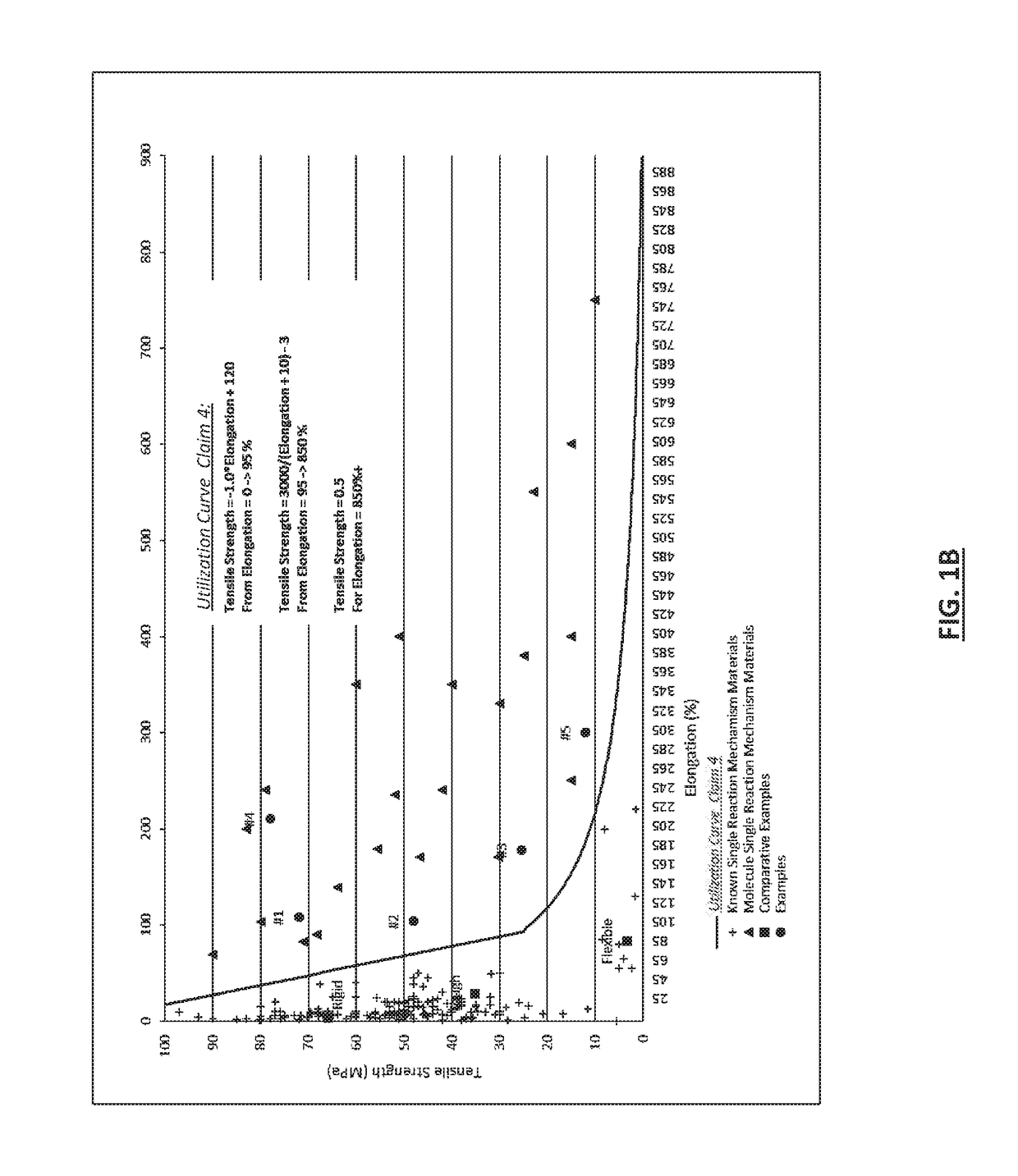Fabrication of solid materials or films from a polymerizable liquid
- Summary
- Abstract
- Description
- Claims
- Application Information
AI Technical Summary
Benefits of technology
Problems solved by technology
Method used
Image
Examples
example 1
[0246]
TensileYoung'sStrengthElongationModulusWeightName(MPa)(%)(MPa)Raw Material%Rigid65.93.52403Acrylate Oligomer32(eg. CN120Z)Cyclic Trimethylol-propane10Formal AcrylateTrimethylolpropane4ethoxylate triacrylateTricyclo[5.2.1.02,6]decanedi35methanol diacrylateTrimethylolpropane18triacrylateDiphenyl(2,4,6-1trimethylbenzoyl)phosphineoxideTotal100
example 2
[0247]
TensileYoung'sStrengthElongationModulusWeightName(MPa)(%)(MPa)Raw Material%Tough35.1281.430Acrylate Oligomer40Urethane Acrylate Oligomer7(eg. Genomer 6019)Cyclic Trimethylol-propane52Formal AcrylateDiphenyl(2,4,6-1trimethylbenzoyl)phosphineoxideTotal100
example 3
[0248]
TensileYoung'sStrengthElongationModulusWeightName(MPa)(%)(MPa)Raw Material%Flexible3.3834.3Acrylate Oligomer7(eg. CN9021)Cyclic Trimethylol-propane27Formal AcrylateAcrylate Oligomer15(eg. CN981)2-[[(Butylamino)carbonyl]50oxyl]ethyl acrylateDiphenyl(2,4,6-1trimethylbenzoyl)phosphineoxideTotal100
[0249]Further Examples, using Single Reaction Mechanism Energy Polymenizable liquids to create photoplastics:
PUM
| Property | Measurement | Unit |
|---|---|---|
| Fraction | aaaaa | aaaaa |
| Fraction | aaaaa | aaaaa |
| Fraction | aaaaa | aaaaa |
Abstract
Description
Claims
Application Information
 Login to View More
Login to View More - R&D
- Intellectual Property
- Life Sciences
- Materials
- Tech Scout
- Unparalleled Data Quality
- Higher Quality Content
- 60% Fewer Hallucinations
Browse by: Latest US Patents, China's latest patents, Technical Efficacy Thesaurus, Application Domain, Technology Topic, Popular Technical Reports.
© 2025 PatSnap. All rights reserved.Legal|Privacy policy|Modern Slavery Act Transparency Statement|Sitemap|About US| Contact US: help@patsnap.com



